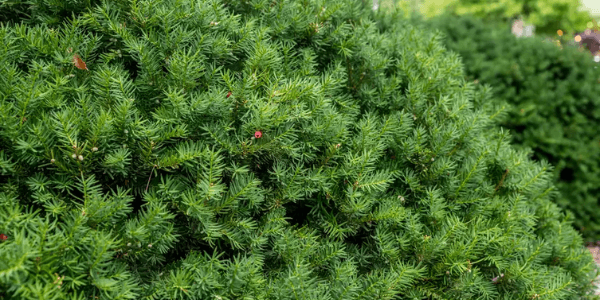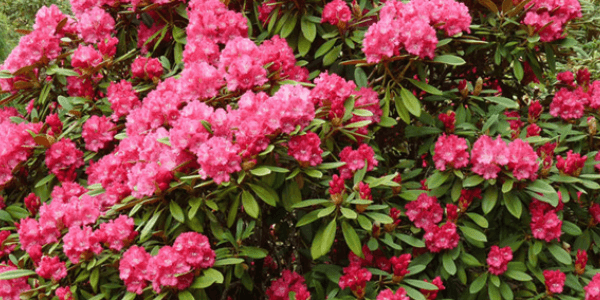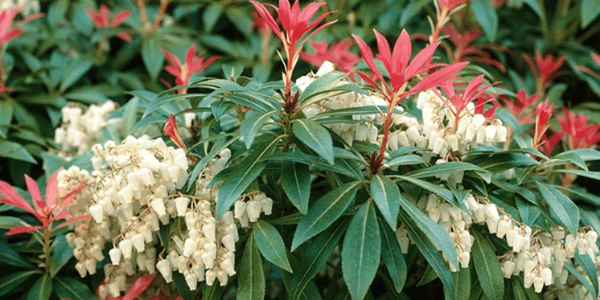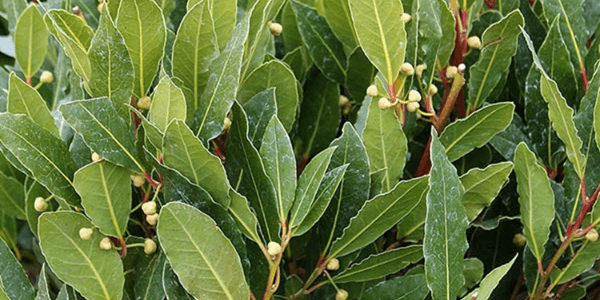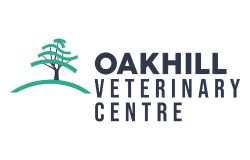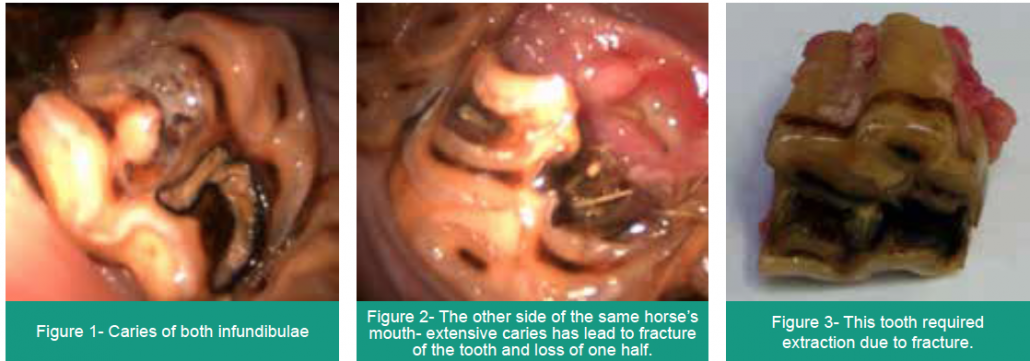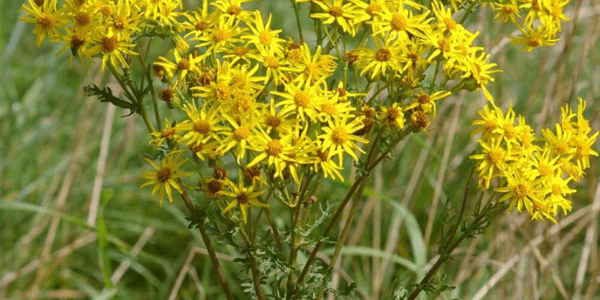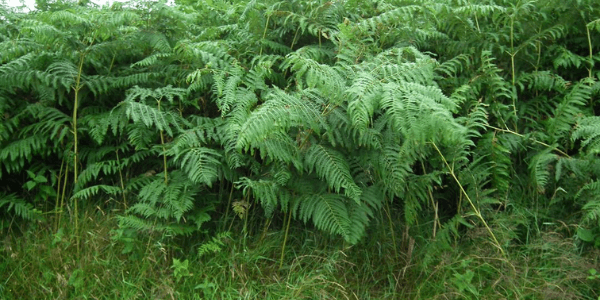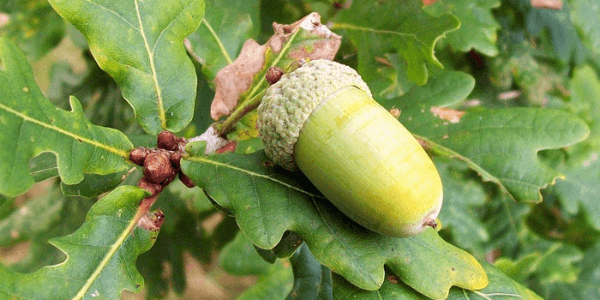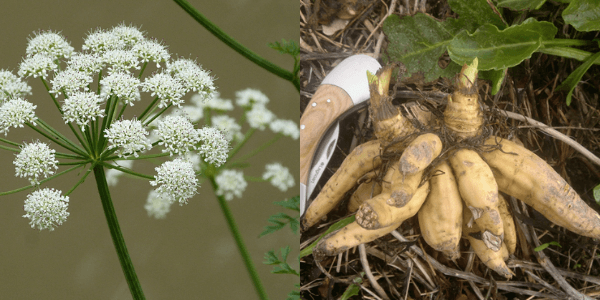Pre-Breeding Testing
Taking your mare to stud? Depending on which stud you are going to, you may be asked to test for a variety of diseases.
The most common disease is contagious equine metritis (CEM). This is a bacterial uterine infection caused by T. equigenitalis, K. pneumoniae or P. aeruginosa. Testing involves takes a swab – either clitoral or endometrial (if the mare is in season) – which is then cultured (grown) for at least 7 days, or tested by PCR which gives a result in 1-2 days. The PCR option is slightly more expensive.
Next is EVA or Equine Viral Arteritis. This disease can cause a variety of signs including fever, lethargy, and swelling of eyes, limbs, scrotum and mammary glands. In rare cases it can be fatal. It is spread by both the respiratory (droplets in the air) and venereal (mating) routes. If stallions are infected, they can become chronically infected for years, spreading it to many mares via infected semen. Testing is performed by blood sampling.
Then, there is also Equine Infectious Anaemia (EIA). Horses with EIA are often extremely sick, as the disease damages their red blood cells causing an anaemia. It is spread by the transfer of infected blood, colostrum and semen. Again, this is checked for via a blood sample.
CEM, EVA and EIA are all notifiable disease. The last reported case of CEM in the UK was in February 2022, while the last reported EVA was 2019 and EIA was 2012.
Finally, it is worth mentioning strangles. Whilst this isn’t necessarily related to breeding outbreaks can occur when horses from different sources meet at stud farms. Therefore, some studs require testing, in the form of a blood test, prior to arrival at stud.
As different studs have different test requirements, we recommend that you check your stud’s requirements prior to your veterinary appointment for testing.
Twins
Twins are a problem in horses. This is because only in exceptional cases can a mare give birth to two healthy foals. Should a twin pregnancy continue, sadly most mares will lose both pregnancies mid-late gestation due to lack of space and nutrition for both foetuses.
We can minimise the risk of this by ultrasound scanning mares after covering/insemination. We would usually scan mares between 14-20 days to look for twins. At this stage it is easier to identify them and manage them. If detected, we will try to abort one of the embryos then recheck a week later to see if the remaining embryo is still healthy.
Artificial Insemination Options
Fresh semen – This is used within 3 hours of being collected. It is the most successful option, as the semen will live for up to 3 days in the mare, meaning the timing of insemination is less critical. However, it is limited to local stallions reducing the options available.
Chilled semen – This needs to be inseminated within 48hrs. It is usually collected and then posted overnight to the mare in a special container. This limits it to stallions within the UK and Europe.
Frozen Semen – After collection, the semen is frozen in liquid nitrogen at -196°C. It can be stored for years after collection, and hence can be shipped around the world. It also means the stallion does not need to be at stud when you’re breeding. However, fertility rates are lower, and the semen only survives in the mare for 6hrs so the timing of insemination with ovulation is crucial.
Along with different semen options, there are some considerations as to its place of origin.
UK semen – With UK semen, there tends to be less postage delays and no issues with regards to customs. If semen is required urgently, then it can be collected in person.
Foreign semen – With semen originating abroad, there is a higher risk of delivery delays meaning missed cycles. Since Brexit there has been an increase in problems with health paperwork and customs delays. However, semen from a much larger range of stallions is available giving you more choice regarding how to produce your perfect foal!
